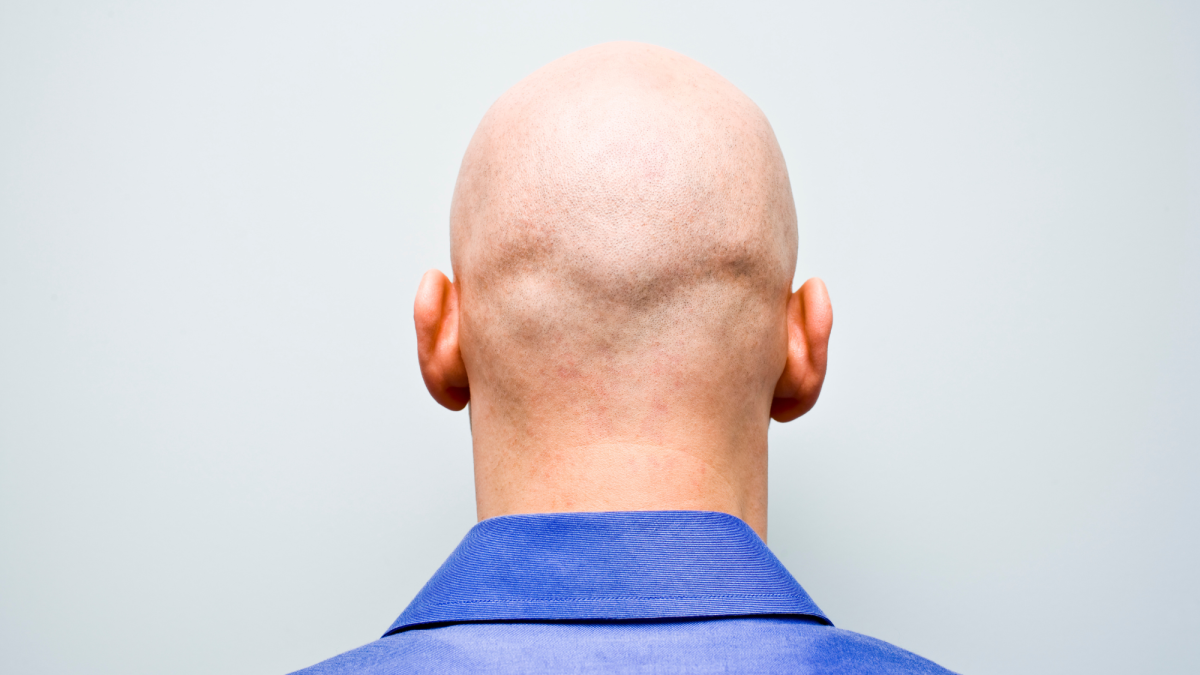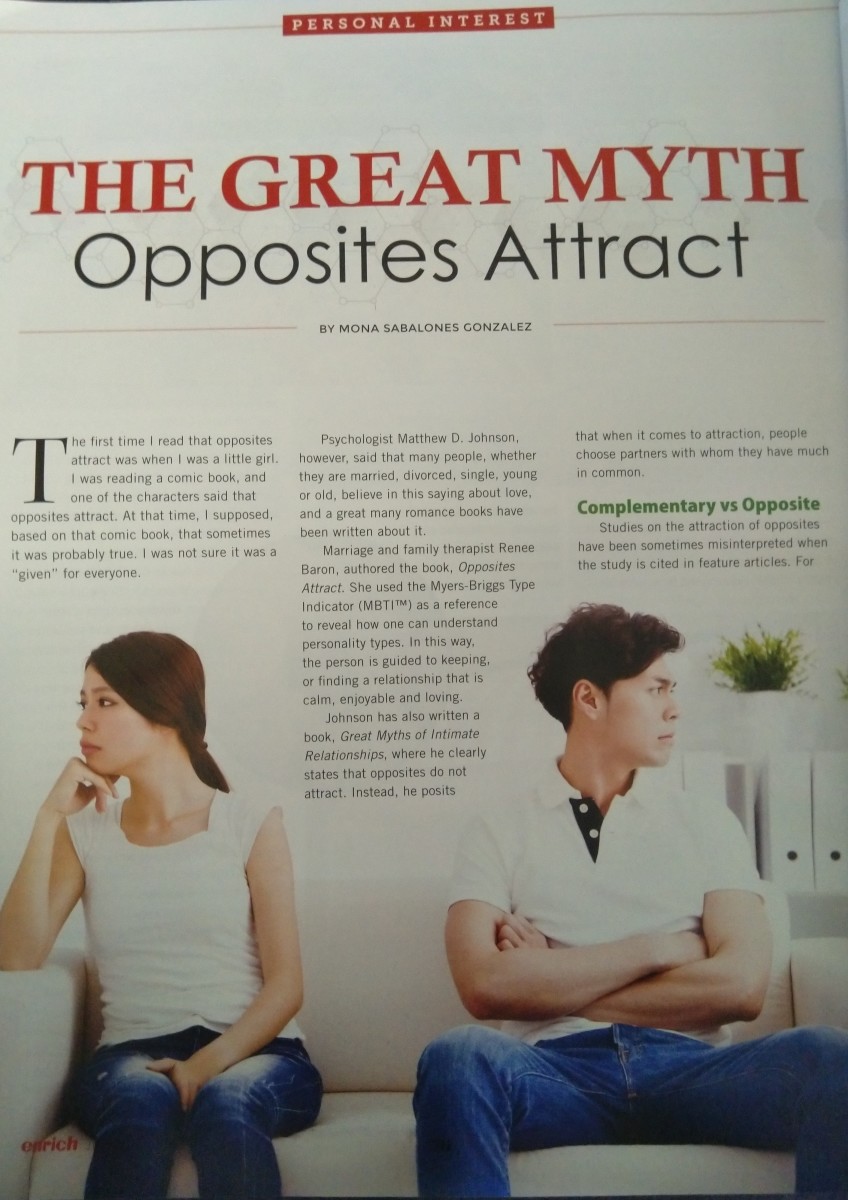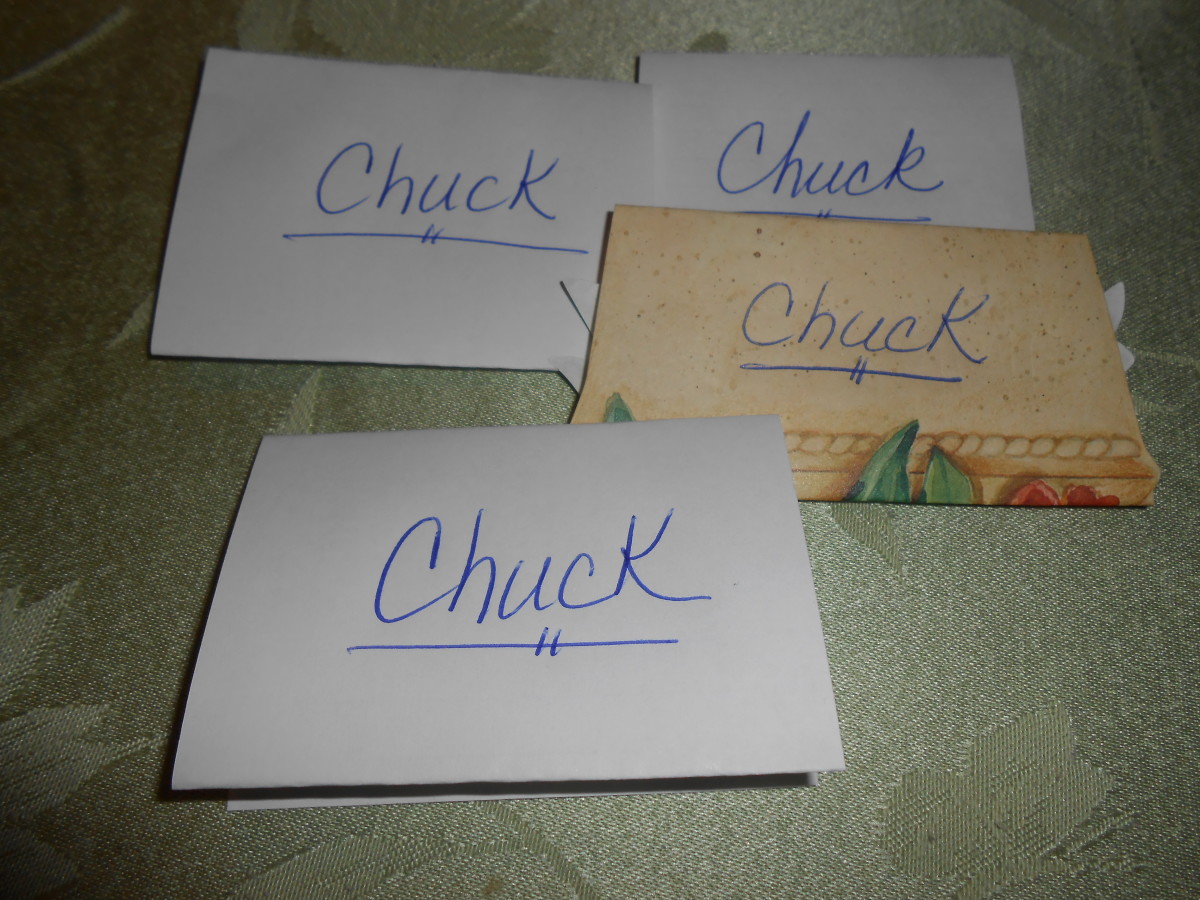Red the Color of Love and Attraction?
Attraction Across Cultures
The nature of human attraction is elusive. What one culture finds physically attractive can be considered repulsive to another culture. However, color appears to speak the universal language of love. In 2008, Andrew J. Elliot and Daniela Niesta published their study on the impact of the color red on sexual attraction in men. They based their belief that red influences human male attraction on the existing knowledge that the color has an aphrodisiac effect on primate males.
The Hypotheses and the Experiments
Elliot and Niesta (2008) cite several examples of the color red figuring in attraction in both primate and human males. Here their hypothesis was then put to the test. In several female primates, ovulation is advertised to potential mates by red swelling of the genital area. Male primates are attracted to this and will attempt to mate with females displaying this phenomenon. Red is also associated with human female sexual arousal.
Females who are sexually aroused often become flushed on their faces, necks, and chests. Red is also associated with sexiness in the use of red lipsticks and red lingerie (Elliot & Niesta, 2008). From this readily available knowledge, Elliot and Niesta (2008) formed their hypothesis: red increases sexual attraction in heterosexual males. This is the research hypothesis to be tested. Researchers use a null hypothesis as well as a research hypothesis in their studies. It can be assumed that the null hypothesis is that red has no effect on males as far as sexual attraction.
The Control Group
A pilot test was also conducted with the photo before the colors were added to get a base sample of the women’s attractiveness used in the picture. The picture chosen was of a woman and was a standard yearbook picture of her upper torso (stomach to head). This pilot test was conducted with a separate group of males than those used in the actual experiment. Elliot and Niesta (2008) used a scale of 1 to 9 for this pilot test with 1 being not at all attractive and 9 being extremely attractive. The mean attractiveness was 6.73 with a standard deviation of 0.88 (Elliot & Niesta (2008).
Experiment
Elliot and Niesta (2008) conducted two experiments. In the first experiment, the impact of the color red in men’s perception of female attractiveness was put to the test. Twenty-seven men were shown photos of women, which either had white backgrounds or red backgrounds. The mean age of these men was 20.58. The men viewed each photo for five seconds. They then answered a questionnaire in which they rated the attractiveness of women in the photos. Attractiveness was rating on a scale of one to nine (Elliot & Niesta, 2008).
The second experiment was the same as the first experiment. However, women were also included in the sample. The purpose of this experiment was to determine if the effect of red on perceived attractiveness was exclusive to males. This sample included 31 males and 32 females. The mean sample age of this experiment group was 19.27 years (Elliot & Niesta, 2008).
Sample’s Score on Comparison Distribution
The next step in the hypothesis testing process is to determine the sample’s score on the comparison’s distribution. Having determined the critical value needed to reject the null hypothesis in these studies, the actual score must then be developed (Aron, Aron, & Croups, 2006). For experiment 1, the men’s mean score of 6.73 (on a scale of 1 being least attractive and 9 being most attractive) consistently maintained that they felt the picture of the woman with a red background was significantly more attractive than the woman’s picture with a white background. For experiment 2, the participant’s (men and women) mean score of 5.56 (on the same grading scale) with the results showing the color red had significantly less effect on women than men (Elliot & Niesta, 2008). With the information found regarding the actual test results, the researchers are then able to make a decision as to whether to accept or reject the null hypothesis.
Null Hypothesis and Results
In the Elliot & Niesta study results of the study were conclusive showing that men had a significant preference to women in red verses the other colors tested. The color red was favored at least 1.0 in the t-test over every other color. In mean scores the woman in red was preferred as much as 2.0 over women in other colors. Elliot & Niesta (2008), reported that men showed an undeniable sexual desire toward the woman in red when rather than the women who were in blue, gray, white, and green. The results of the test reject the null hypothesis which was “Color does not have an effect on perceived attractiveness or sexual desire”.
While the perceived attractiveness of the women in red was higher than other colors even for women who were shown the pictures, the results still showed that women also preferred the woman wearing red. Since the study did not cover men dressed in colors it is not possible to speculate on if; women perceive men in red to be more attractive or sexually desirable. The tests only covered a woman’s perceived attractiveness and sexual desirability.
The Elliot & Niesta study; Romantic Red: Red Enhances Men’s Attractiveness to Women followed the Five step Hypothesis testing method by;
- Restating the research question; Do men find women in red more attractive?
- Determining the characteristics of the comparison distribution which were at least 1.0 positive in every test.
- Determine the cut off sample score on the comparison distribution in which the null hypothesis would be rejected: Perceived Attractiveness (ol= .91), Sexual Attraction
(ol= .86), and Desired Sexual Behavior (ol= .90),
- Determine the sample score on the comparison distribution 6.73 men and 5.56 for women.
- Decide whether to reject the null hypothesis; the null hypothesis was rejected. (Elliot & Niesta 2008)
By following the five-step hypothesis Elliot & Niesta (2008), made a good argument in favor of the Romantic Red. It could be argued that the sample group used was too small to be conclusive however since the data substantiates their claims in a scientific manner it is unlikely that anyone would challenge their study. In this experiment Elliot & Niesta (2008) have shown the color red to be the most attractive color for women to wear, it could be said that this too is true among beast and men.
© 2011 MD Jackson MSIOP








